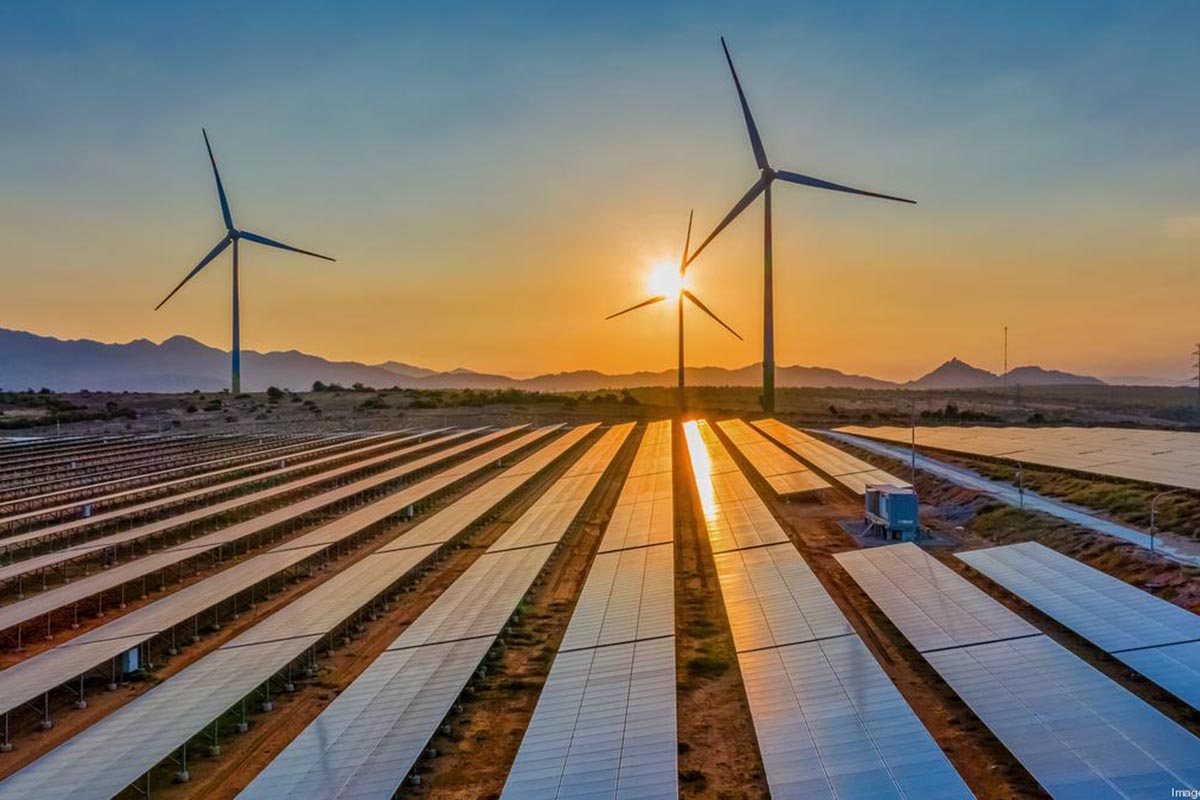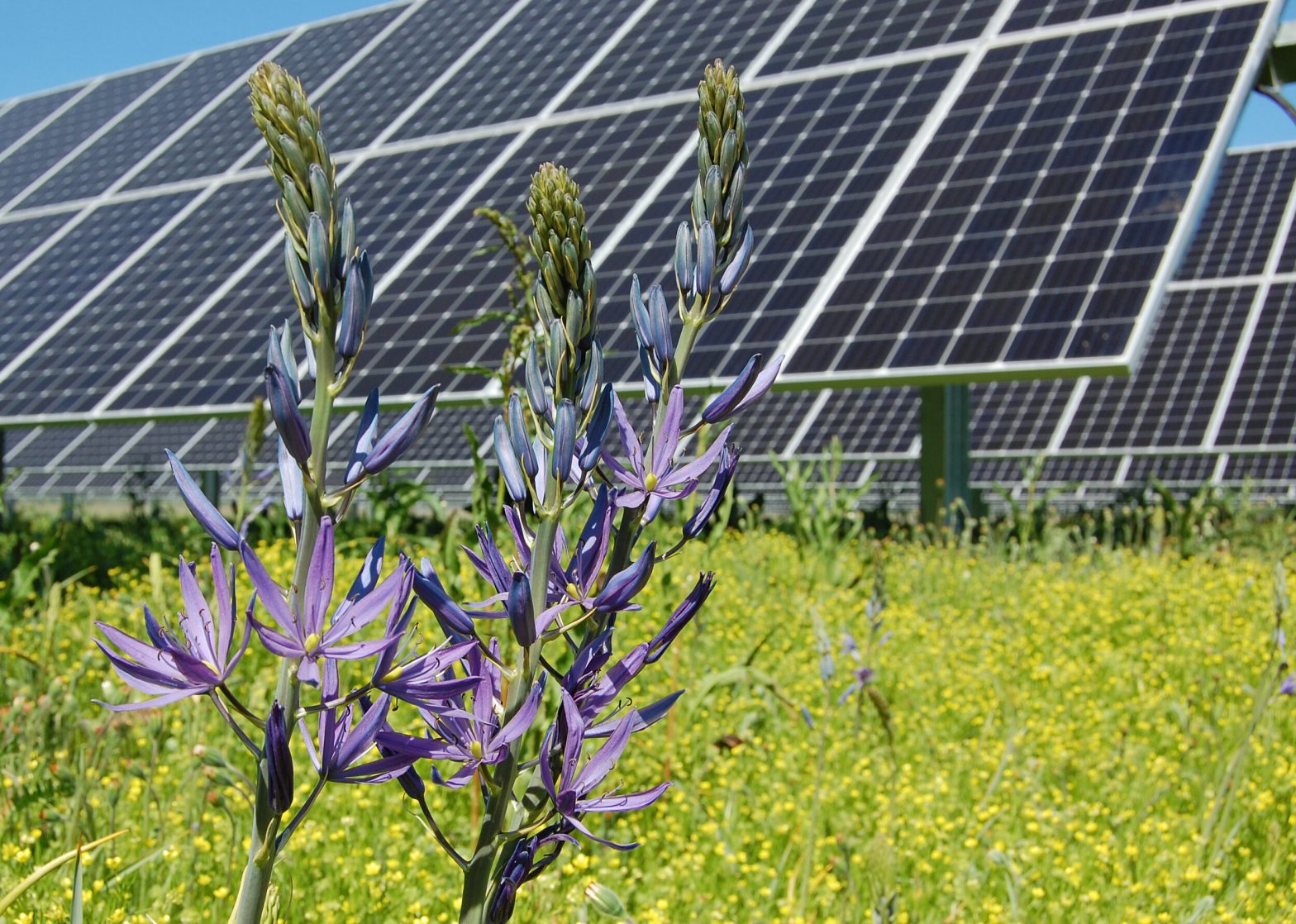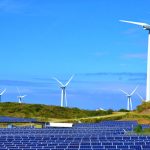Oregon’s Renewable Profile Standard demands that Oregonians use 50% of their electricity from renewable resources (e.g., sun or wind) by 2040. The term ‘renewable’ means that people can use the power repeatedly because nature replaces it continuously.
The Renewable standard was approved in 2007 when only 2% of the electricity needs in Oregon were powered by renewables. In 2016, Senate Bill 1547 in Oregon increased its standard demand to 50% by 2040.
Renewable Goals
Oregon Renewable Future organization will track the Renewable Profile Standard goals. We certify establishments that produce power from eligible energy resources. Also, we offer technical expertise and advice to electricity suppliers and utilities to ensure we achieve our goals.

RECs
Renewable Energy Certificates are issued to generate certified renewable power utilizing:
- Biomass products, such as animal manure and woody biomass
- Geothermal energy
- Landfill gas
- Ocean, tidal, and wave thermal energy
- Small hydropower
- Solar thermal and solar photovoltaic energy
- Thermal energy
- Wind energy
Energy facilities get one certificate for every MWh (megawatt-hour) of qualifying renewable power they provide to the power grid.
Hydropower establishments play an essential part in the electricity mix, providing over 40% of Oregon’s electricity. In some territories, hydropower supplies over 90% of the electricity. However, most of the said hydropower comes from dams built more than ten years ago.
Therefore, it did not receive credit. Nevertheless, the Renewable Portfolio Standard can certify some of these older hydro facilities that made upgrades and developments after 1995.



